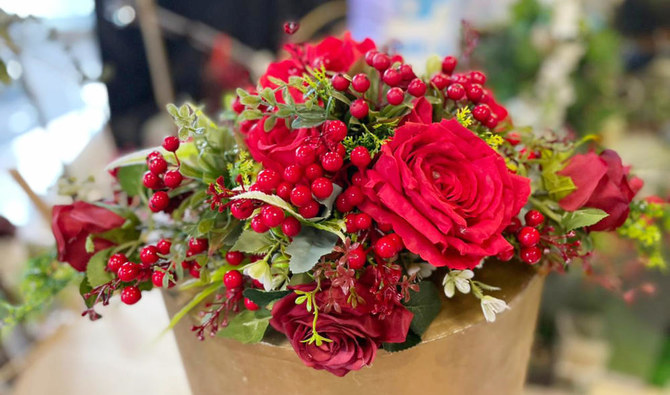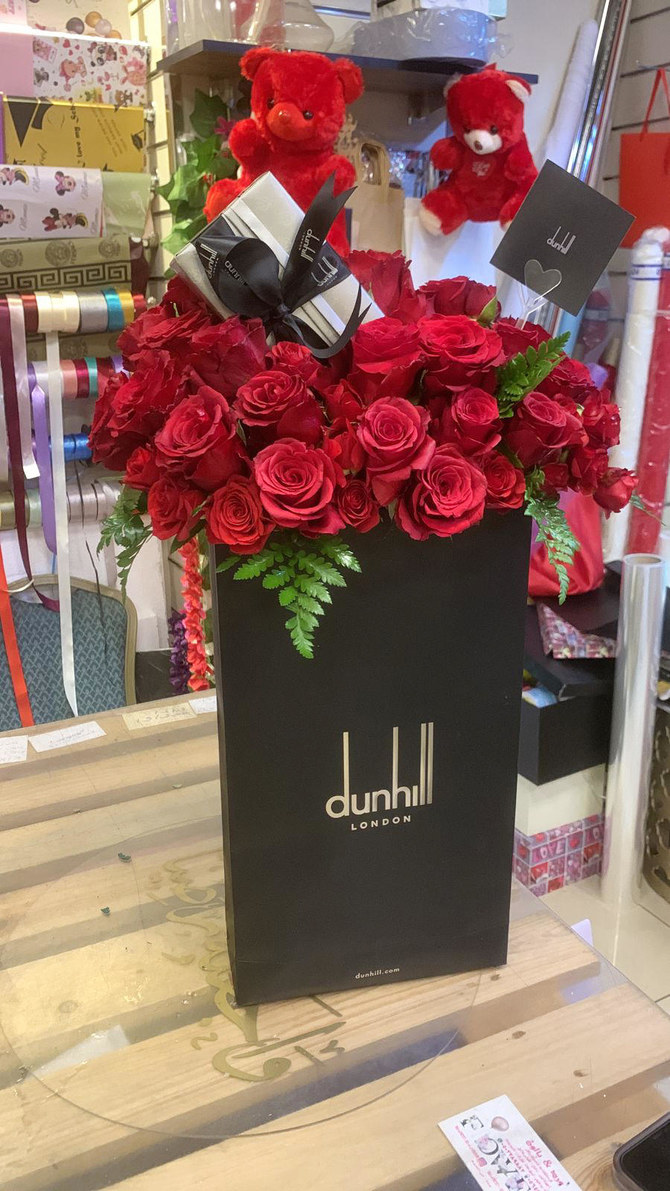RIYADH: With Valentine’s Day celebrated around the world on Feb. 14, different cultures have their own way of marking the day of love.
In some countries, Valentine’s Day is not in February. Brazil has a carnival that falls close to Feb. 14, so people celebrate the day of love on June 12 instead and call it Dia dos Namorados. Gifts, roses, chocolates, and romantic festivities are abundant on that date.
In Japan, Valentine’s Day is marked in different ways as it is the woman giving a gift and the kind of gift depends on if she is in a romantic relationship with the man or not. Japanese women give “giri-choko” (obligation or duty chocolates) to men they are not in a romantic relationship with and “honmei-choko” (true feeling or true love chocolates) to men who they are romantically involved with.

Japanese women give “honmei-choko” chocolates to men who are in a romantically involved with. (Supplied)
But men in Japan have to wait a month after Valentine’s Day to give gifts to their sweethearts, March 14, and they call it White Day.
In Slovenia, Valentine’s Day is not celebrated in a romantic way as this date marks the beginning of work in the fields and is called Spring Festival. Instead, Slovenia celebrates Valentine’s Day on March 12.
In Estonia, Valentine’s Day is centered around the concept of friendship and they call it sobrapaev, where people celebrate all kinds of love on that day, whether it is between family members or peers.
Ghana may have discovered the most delicious way to observe Valentine’s Day as people celebrate this date as Chocolate Day.
Restaurants and shops display all kinds of chocolates as a way of attracting tourists to the country, which is one of the largest exporters of cocoa in the world.

Japanese women give “giri-choko” chocolates to men they are not in a romantic relationship with. (Supplied)
Denmark and Norway have their own distinct way of expressing romance. Men send gaekkebrev, witty notes, to women without revealing the sender’s identity. They only sign the letter with a set of dots equal to the number of letters in the sender’s name.
If the woman manages to find out the sender’s name, she receives an Easter egg later in the same year. If she fails, she sends an Easter egg to the sender.
In Saudi Arabia, it is mostly men who give gifts to women, and presents can be expensive items, pets, red roses, and balloons.
Shatha Abdulhalim, a gift shop owner, said it was mostly men who took the initiative to gift their loved ones and that they gave pets like cats, rabbits, and fish bowls decorated with red roses and balloons.
“Every year on Valentine’s Day, I receive many orders to decorate gifts, and some of them are pets. They bring the pet to the store, and we decorate it with red ribbons, roses, and balloons,” Abdulhalim told Arab News. “The most unique gift order that I have received is actually from a girl. She collected many different funky-looking socks, and we decorated (arranged) them in the shape of a flower bouquet. She said her husband loves socks.”

Men in Japan have to wait a month after Valentine's day to give gifts to their sweethearts on March 14, and they call it White Day. (Supplied)
Saudis also like to celebrate the event by having a party with a dress code, with loved ones gathering in groups to celebrate the occasion together.
“I get a lot of requests to decorate venues with red balloons and flowers; some of them also like to collect red candy to have it as gifts, and Saudis are romantic when it comes to celebrating Valentine’s,” Abdulhalim said.
Hammad Al-Shammari, a marketing and communications specialist, said that Saudis were now getting advanced in gifting by using apps and digital credit cards.
“There is a transformation to digital payments, especially if the gifter doesn’t live in the same city as the other person, and most gifts that Saudis like to give through paying apps are appointments at a spa, chocolates, flowers, and dinner,” Al-Shammari said.




























